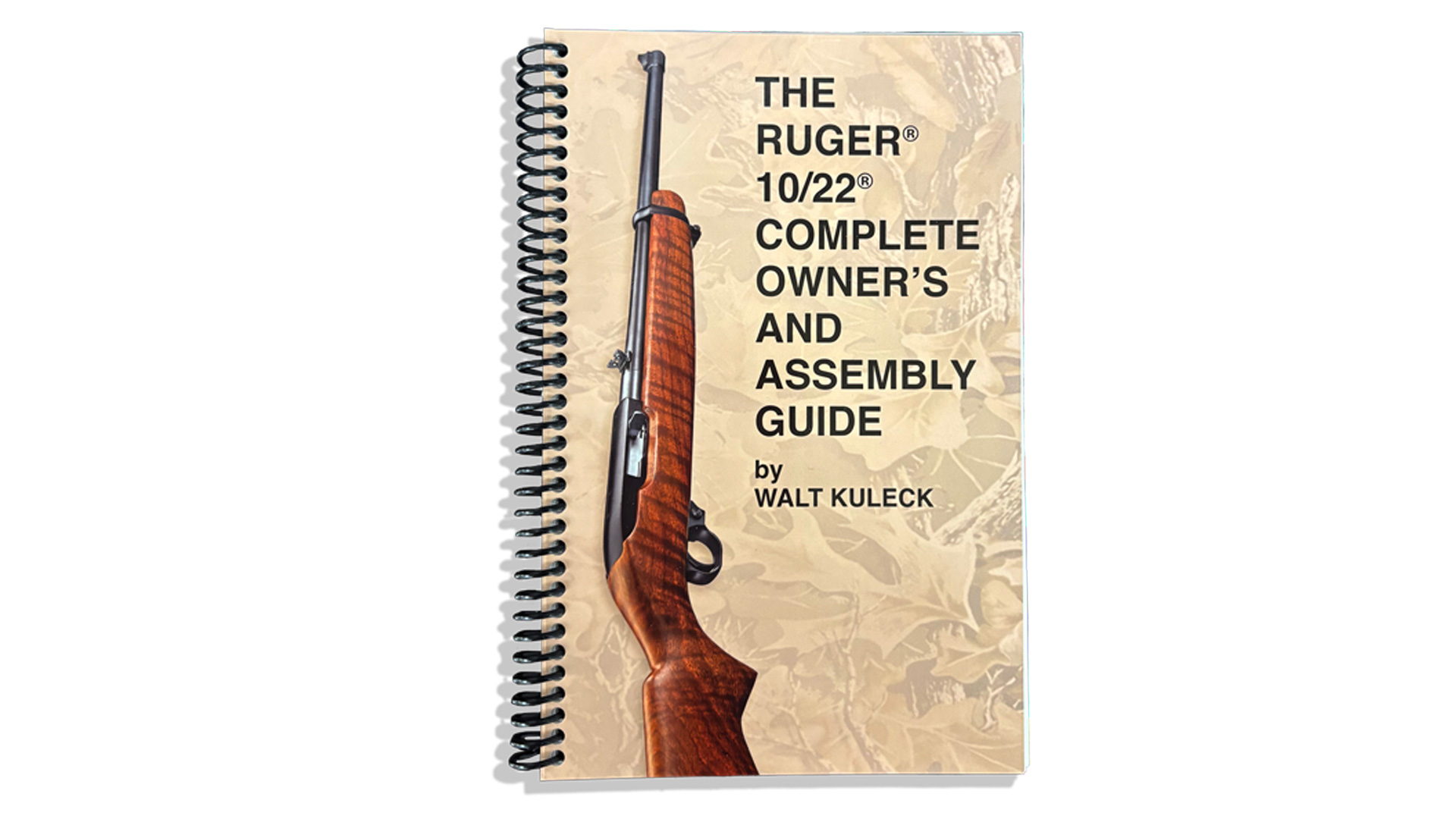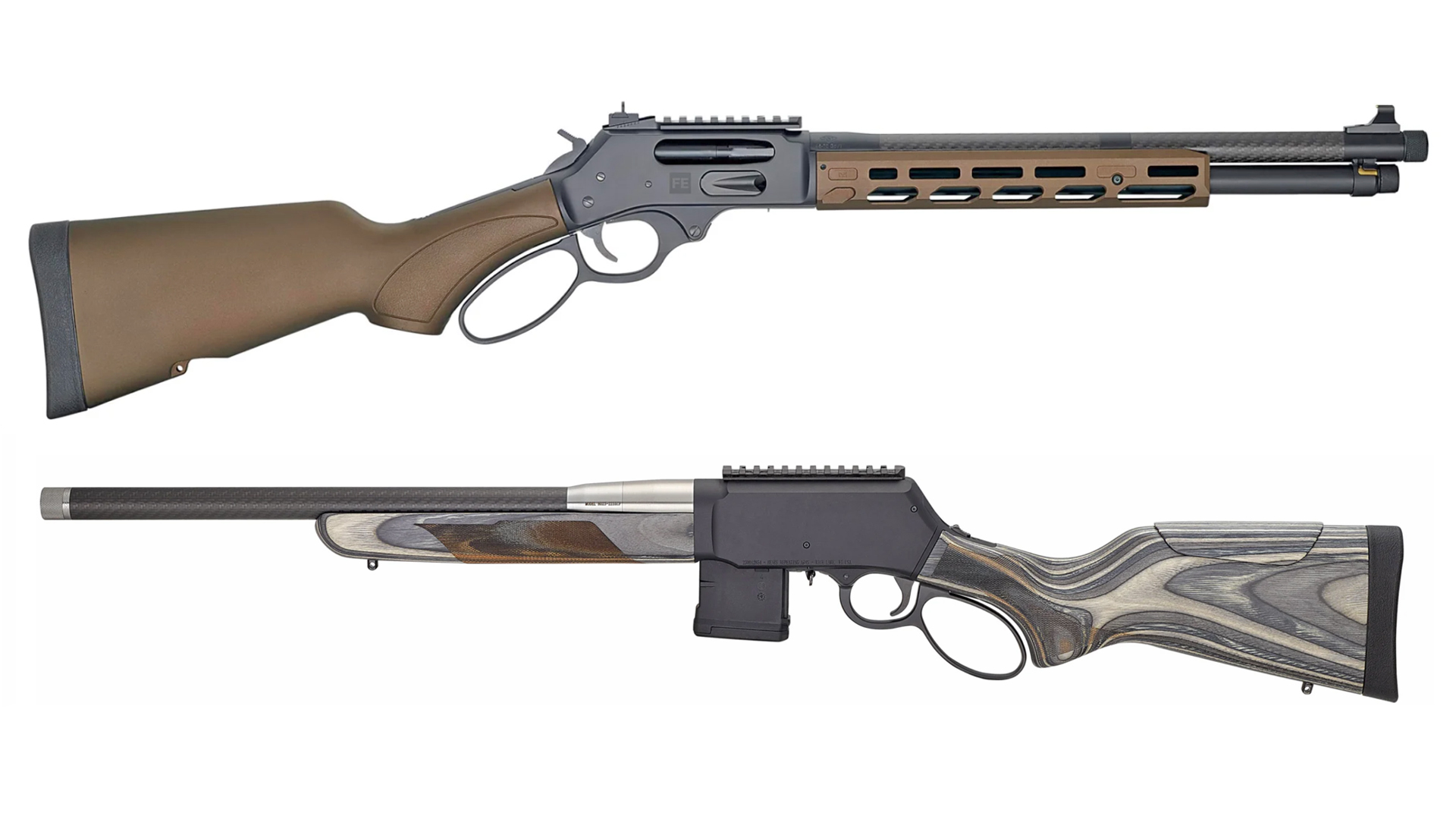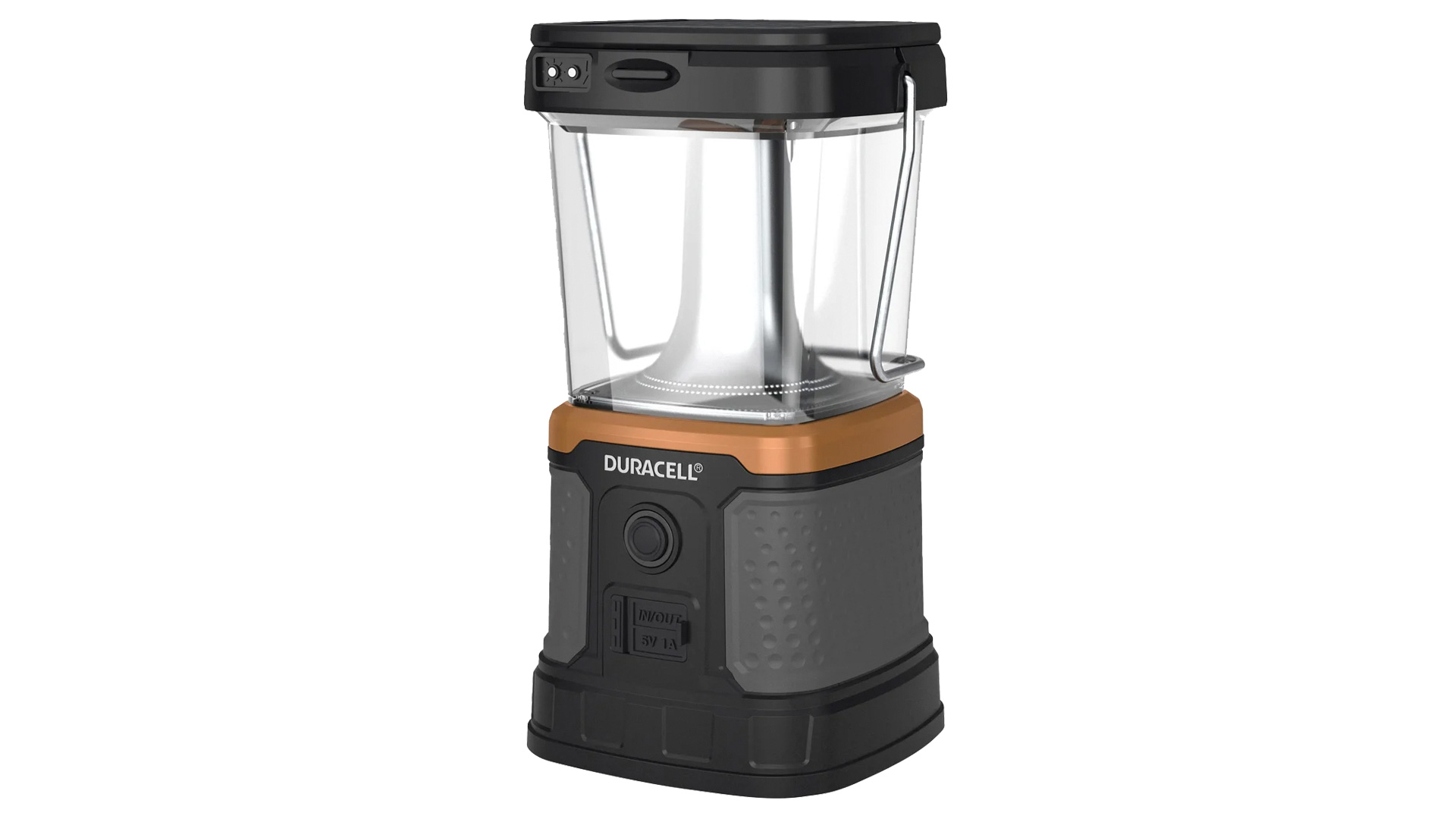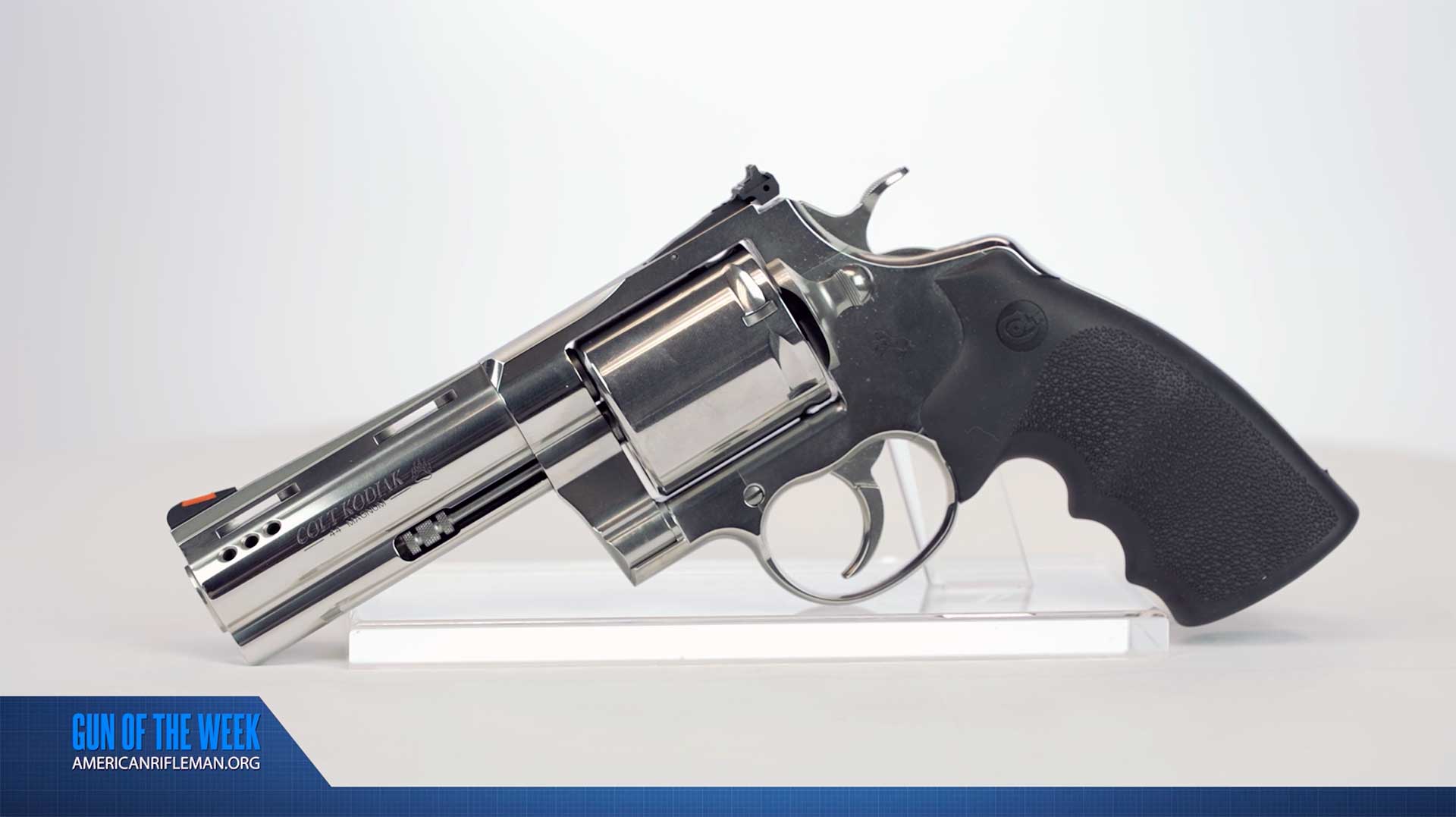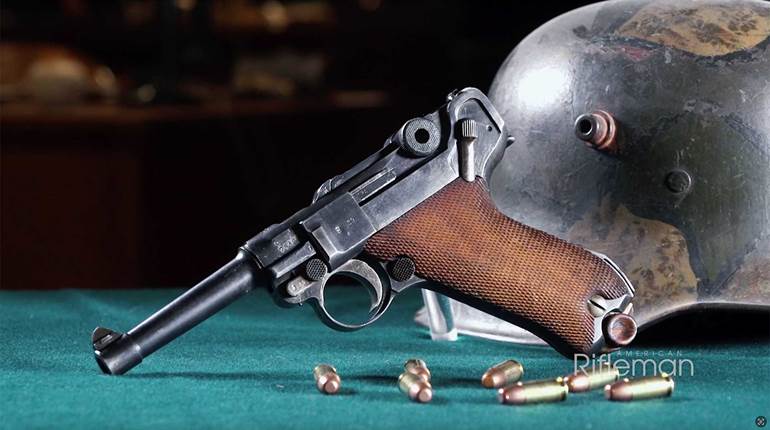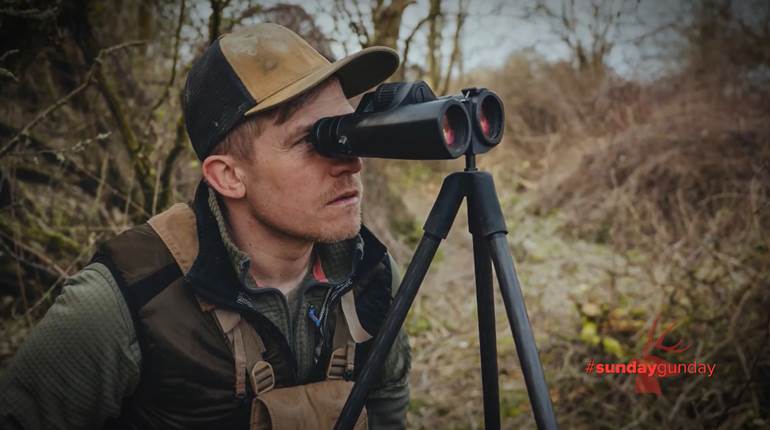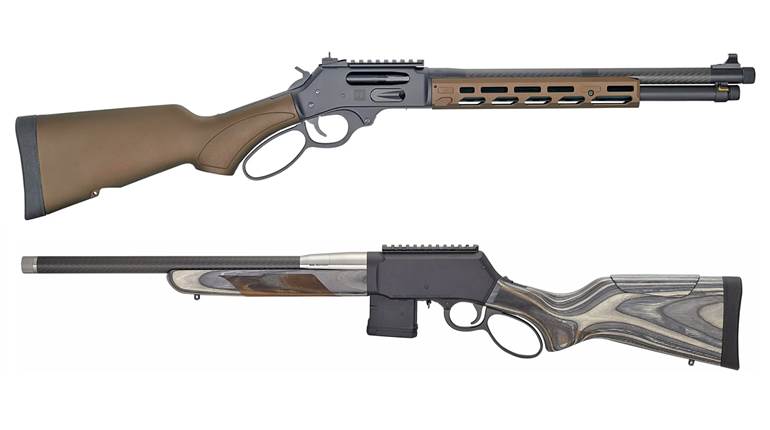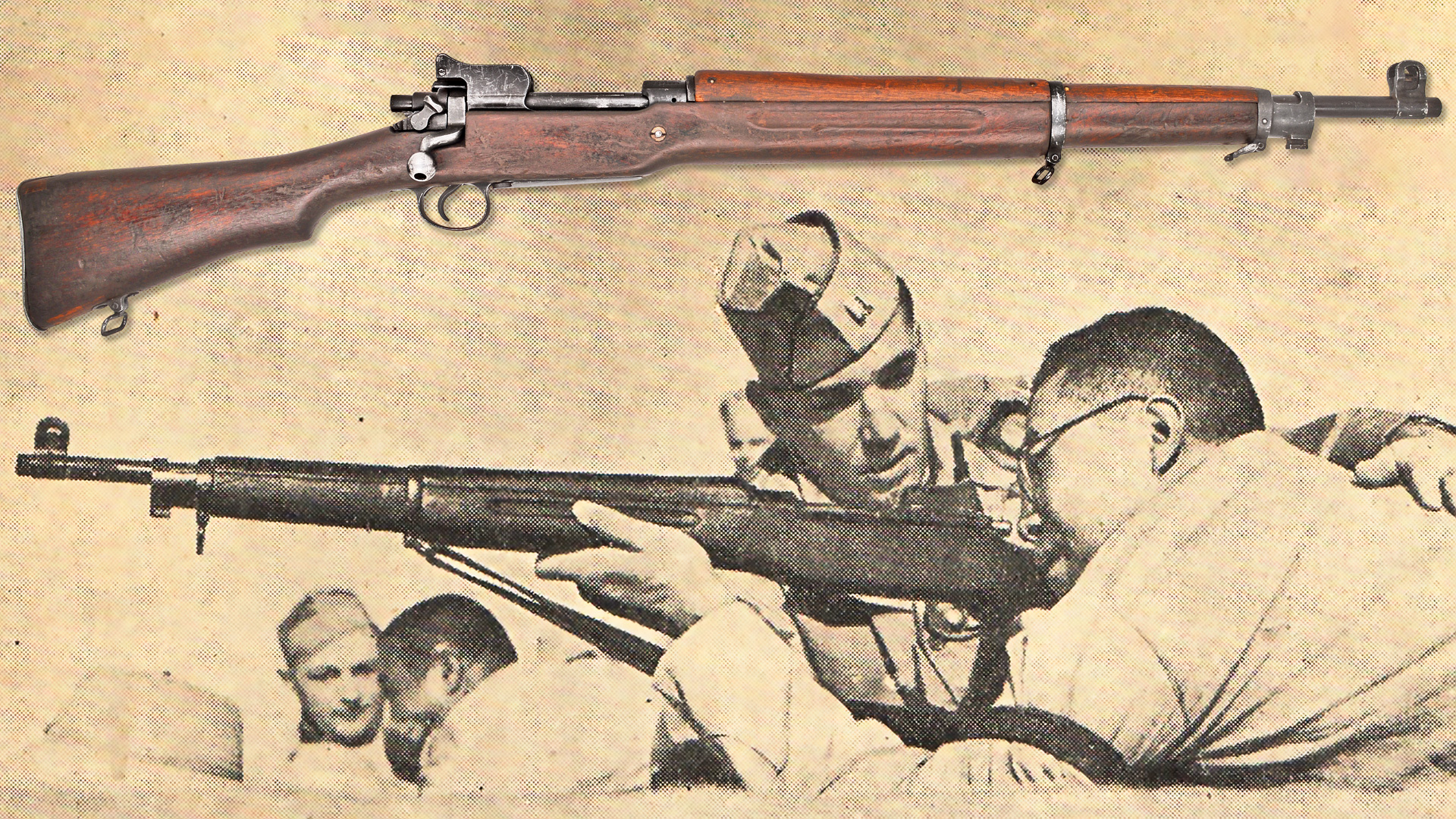
Although in production for less than two years, more than 2 million U.S. Model 1917 rifles were manufactured from 1917 to early 1919. During World War I, it was issued in greater numbers than the venerable Model 1903 Springfield, and, by the end of the war, approximately three-quarters of the American Expeditionary Force was armed with it. Soon after the Armistice, however, the Model 1903 was retained as the standardized American military service rifle, while the Model 1917 was relegated to the war-reserve stockpile.
With no perceived need for their use in the foreseeable future, the abundance of M1917 rifles resulted in some sales of the guns to friendly governments from the early 1920s into the late 1930s. The government of Mexico purchased some 23,100 M1917 rifles between 1924 and 1929. In 1934-1935, approximately 800 M1917 rifles were procured by the Shanghai Volunteer Corps, a multi-national volunteer force organized for protection of the Shanghai International Settlement. The government of the Philippines purchased a total of 220,495 M1917 rifles between 1936 and 1939 under the auspices of Douglas MacArthur, who served as military advisor to the president of the Commonwealth of the Philippines. In addition, some 44,148 M1917 rifles were sold to American citizens between 1921 and 1940, chiefly through the Civilian Marksmanship Program.
Even with those transfers, there were still large numbers of M1917 rifles remaining in the war-reserve stockpile. These rifles soon proved to be of enormous benefit with the outbreak of the Second World War. Allies were clamoring for additional arms, especially rifles that were in short supply. During World War II, a total of 1,503,485 M1917 rifles were supplied as foreign aid to several nations, principally via Lend-Lease. Great Britain received 1,254,000 M1917 rifles, by far the largest share, which were issued primarily to the Home Guard and saw no actual combat use.
The next largest recipient was the Nationalist Chinese government, which eventually received 152,241 M1917 rifles. The U.S. Army recognized that many of the Chinese troops needed additional training after their precipitous withdrawal from Burma in May 1942. A former British POW camp at Ramgarh, India, was repurposed for rehabilitation and training, and, by late 1942, was the primary training facility for the China-Burma-India (CBI) Theater. Courses of instruction were established for the M1917 rifle and other small arms—including the M1928A1 Thompson submachine gun, M1917A1 Browning machine gun and the British Bren light machine gun—as well as larger support weapons such as mortars and howitzers.
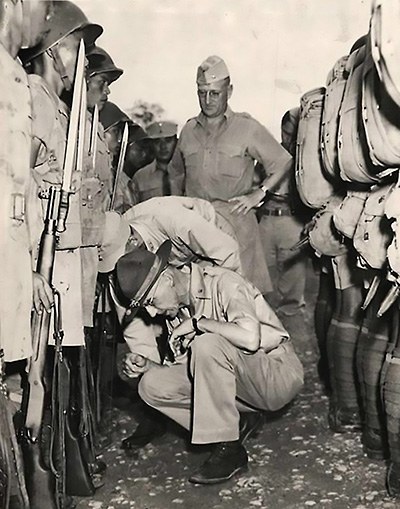
While the M1917 was a robust and reliable rifle, its length and weight made it rather ungainly for the average, small-statured Chinese soldier. It was decided that some changes could be made to the M1917 rifle to make it more ergonomically suitable for the Chinese. These modifications included shortening the standard 26" barrel by 4", correspondingly reducing the length of the front of the stock and handguard, and trimming the length of the butt by approximately 1". These modifications reduced the overall length from just over 46" to about 41". The standard M1917 bayonet could still be used with the altered rifle.
It was directed that approximately 18,000 rifles be converted to these specifications. This rather sizeable modification program was performed at the Indian Ishapore Arsenal, which was conveniently located only some 27 miles from the Ramgarh base. These rifles exhibited arsenal-quality workmanship. An Ishapore Arsenal inspection stamp was applied after conversion.
Proof of the modified M1917 rifles’ utilization during the war is confirmed by a number of period photographs showing the arms in training and actual field use by Chinese soldiers. The M1917 rifles supplied to the Chinese, likely including the shortened variants, remained in the hands of the Nationalist Chinese army until the 1949 Chinese Communist Revolution. Eventually, some of the M1917 rifles, and possibly some of the shortened examples as well, found their way to troops in North Korea and, later, North Vietnam.
Since the shortened M1917 rifles represented only about 12 percent of the total number of M1917 rifles supplied to China during World War II, extant examples are quite uncommon today. A small number of the rifles were purportedly acquired by a commercial firm in the United States in the 1980s and sold on the domestic market.
The relative handful of modified M1917 rifles became the subject of much conjecture and unfounded theories by American collectors and arms enthusiasts. Some who saw such guns believed they were the creation of a talented gunsmith, while others speculated that they originated in the Philippines. Thanks to diligent research during the past few years, however—most notably by David Albert, who wrote an interesting and informative monograph in 2014—the true origins of this seldom-seen arm have been revealed. While never any sort of official designation, Albert appropriately dubbed the modified rifle the “M1917 Carbine.”
Genuine M1917 rifles modified for use by our Chinese allies under U.S. Army auspices are quite uncommon today. It would not be extremely difficult for someone with reasonably competent gunsmithing skills to alter a standard M1917 rifle to a similar configuration today, thus any rifle of this type offered for sale should be approached warily.
In any event, the “M1917 Carbines” are an almost unknown part of the story of the M1917 rifle during World War II and further illustrate how these World War I-vintage rifles helped serve the forces of freedom more than a quarter century after they were manufactured.
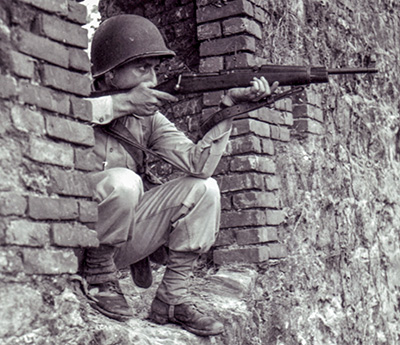
The “Bushmaster” M1903
As an aside, the M1917 rifles shortened for China are somewhat analogous to the so-called “Bushmaster” M1903 rifles. Some 4,725 standard M1903 Springfield rifles were modified in early 1942 for training troops of the Caribbean Defense Command in Panama. The modifications consisted of shortening the barrel to 18" and cutting down the handguard and fore-end proportionally. The workmanship of these modified rifles was rather crude compared to that of the “M1917 Carbines.” The “Bushmaster” rifles were never issued for combat and were later ordered to be destroyed.












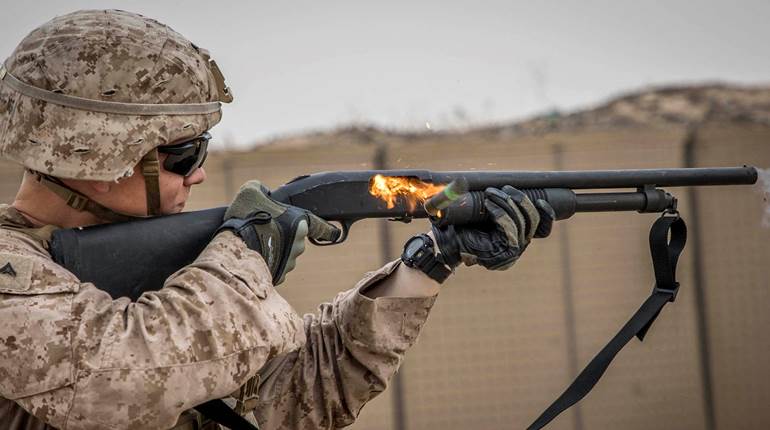
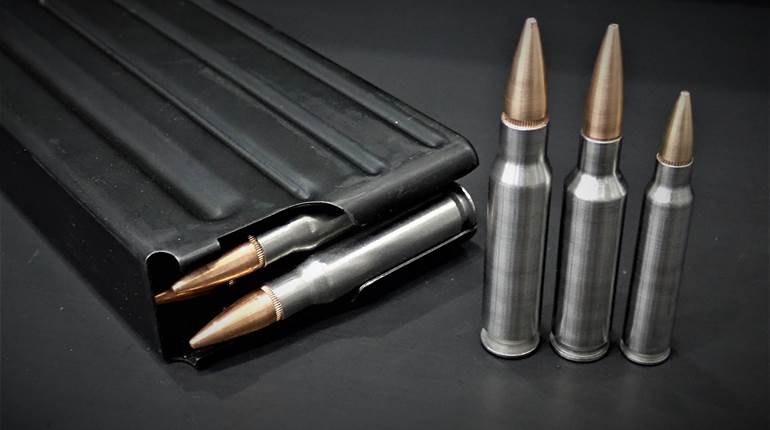
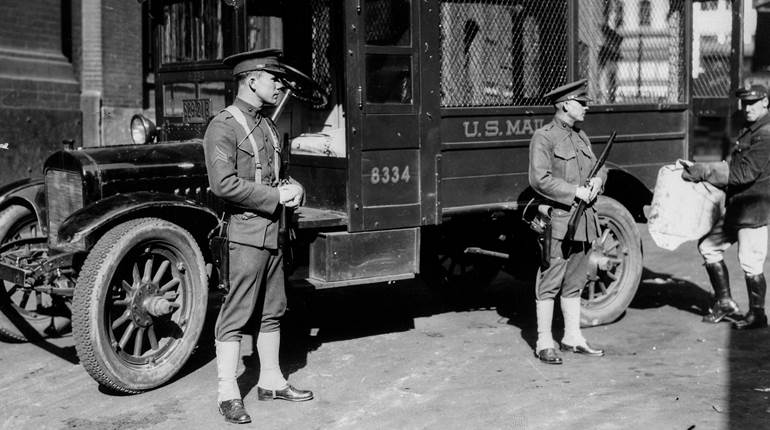
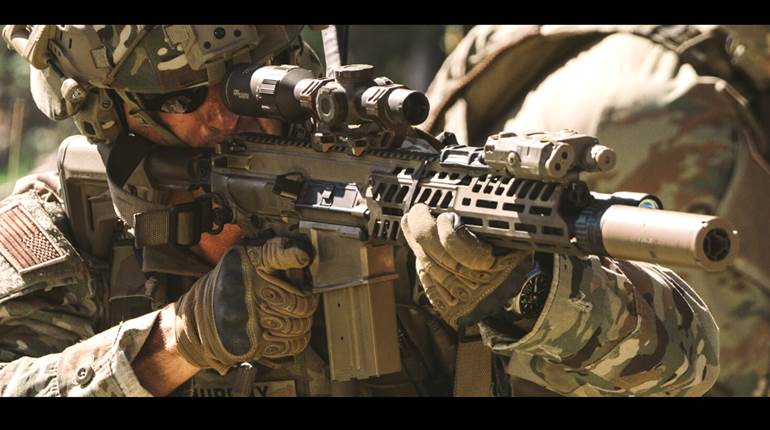
![Auto[47]](/media/121jogez/auto-47.jpg?anchor=center&mode=crop&width=770&height=430&rnd=134090788010670000&quality=60)

